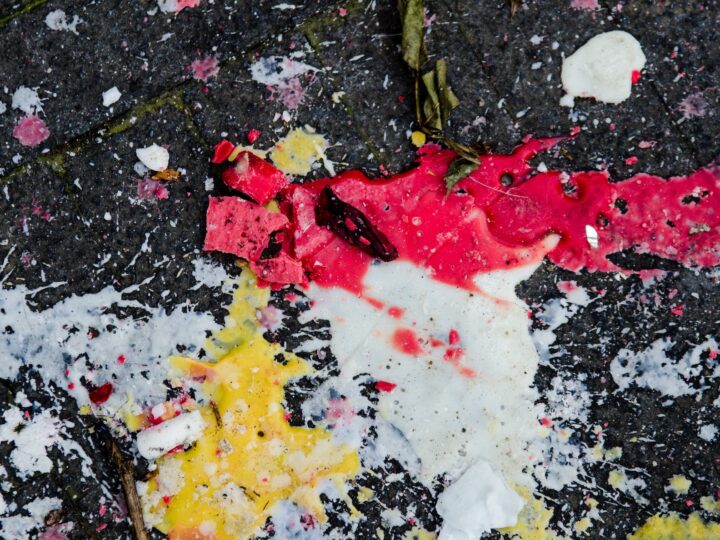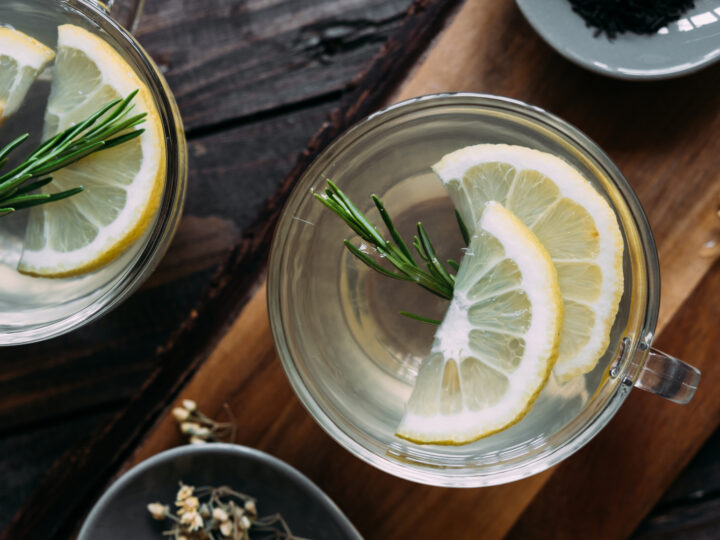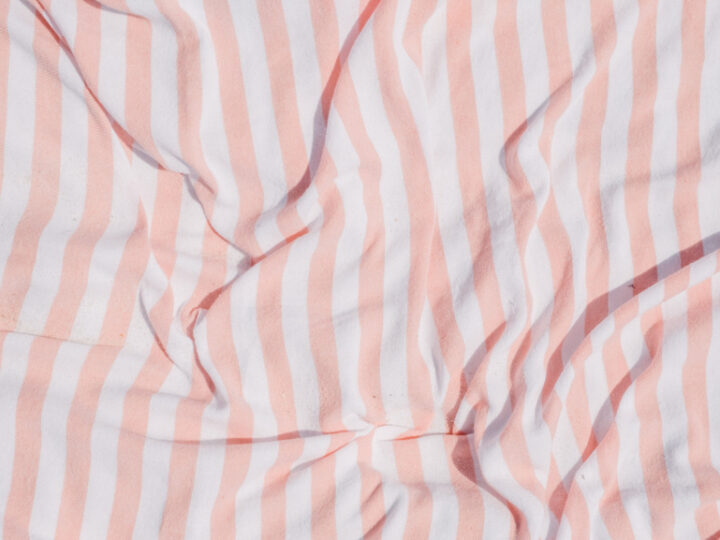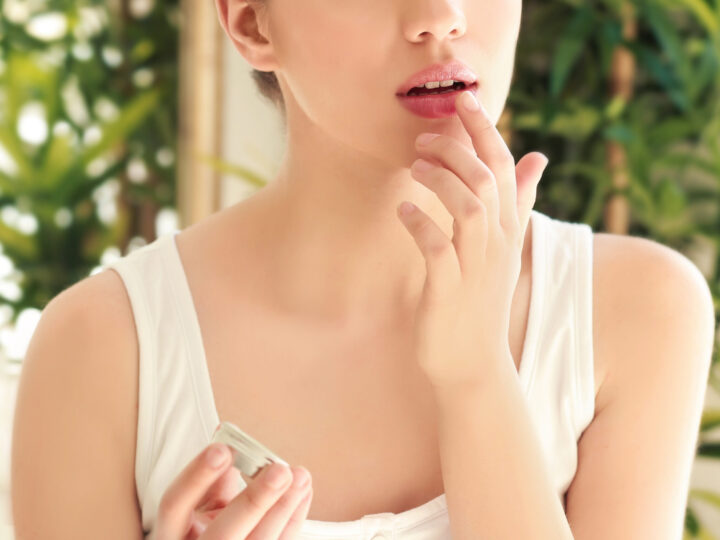GOING GLOBAL: HOW TO DO SELF CARE LIKE A GLOBAL CITIZEN
Because Everyone Needs Extra DIY TLC
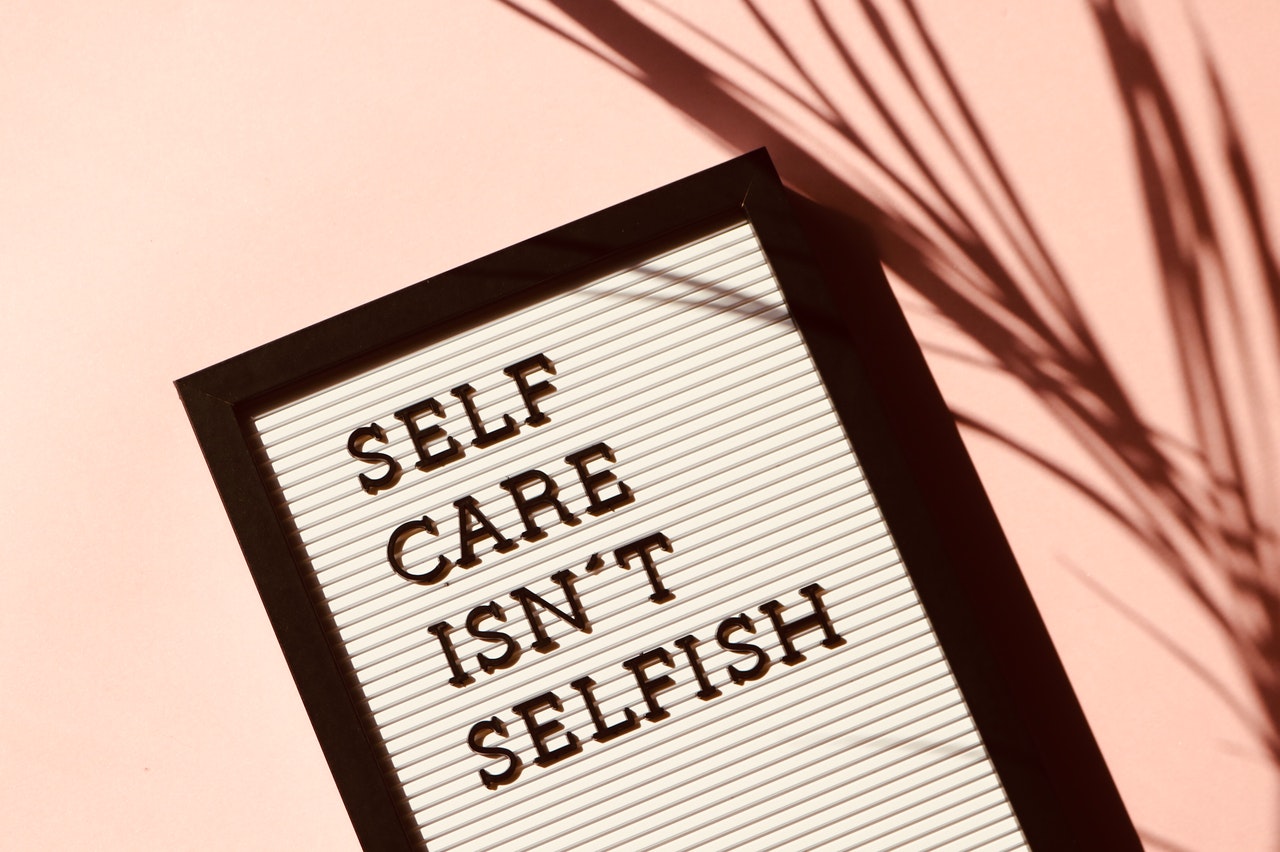
With the COVID-19 pandemic forcing many of us to work from home and swap in-person hangouts for Zoom dates, it feels like self-care is on everybody’s mind. Let’s face it–after 2020, we all need and deserve a little extra DIY TLC.
And if you’re like us, seeing your friends, visiting family, and going to restaurants without stressing over 6 feet aren’t the only things you’re missing. For those of us who consider ourselves globetrotters, this pandemic has taken away one of our favorite pastimes–traveling.
So we put this list together so you can do some much-needed self care while taking inspiration from some of our favorite destinations around the globe. That way, you can do some much needed self-care while day-dreaming about booking your next trip.
Here’s our tips and tricks for taking care of yourself like a global citizen, inspired by East Asian traditions.
How To Take Care Of Yourself Like A Citizen of the World
Give Yourself An Eye Massage
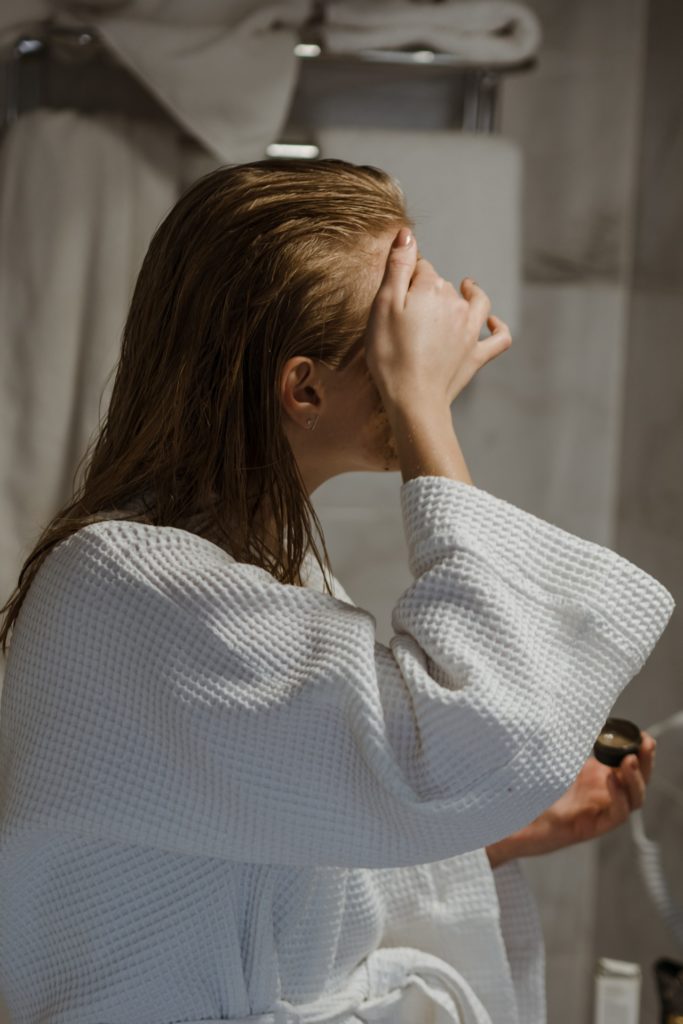 This might sound strange, but bear with us. Eye massages are so popular in China that public schools used to take a school-wide 5 minute break just for students to do them. These days, eye massages aren’t done in schools but they’re still a very popular self-care technique thought to protect your eyesight. One study suggests that while they may not do very much to prevent poor eyesight, these eye massages do relieve eye strain and fatigue.
This might sound strange, but bear with us. Eye massages are so popular in China that public schools used to take a school-wide 5 minute break just for students to do them. These days, eye massages aren’t done in schools but they’re still a very popular self-care technique thought to protect your eyesight. One study suggests that while they may not do very much to prevent poor eyesight, these eye massages do relieve eye strain and fatigue.
So the next time you’re sitting at your desk and get tired of staring at your computer or your phone, try taking a quick five minute break to massage your eyes. Here are some moves that will make you feel better right away:
- Sit up straight and close your eyes to give them a rest. Breathe deeply like this for one minute.
- Then, place your thumbs midway between where your eyebrow begins and the inner corner of your eye and massage. The rest of your fingers can rest on your forehead. This acupressure point is called Tianying.
- Next, use your pointer finger and thumb to pinch and squeeze the bridge of your nose, aka the Jingming pressure point, for about a minute.
- To find the Sibai pressure point, move your pointer fingers down about an inch from the inner corner of your eye until you find a tender part of your cheeks.
- To finish up, use the back of your pointer fingers to rub your eyebrows from the center of your face outward.
A Foot Bath
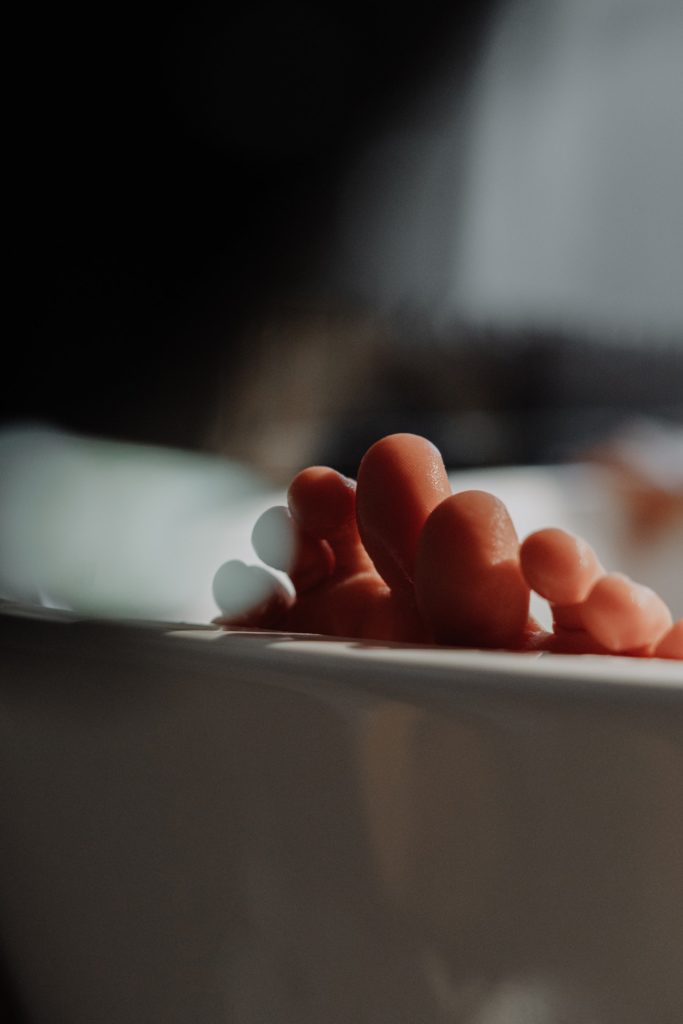 Did you know that in Traditional Chinese medicine the feet are the foundation of our energy? After all, our feet have more than 60 acupressure points and 6 meridians (the pathways that our Qi energy travel along) run through them.
Did you know that in Traditional Chinese medicine the feet are the foundation of our energy? After all, our feet have more than 60 acupressure points and 6 meridians (the pathways that our Qi energy travel along) run through them.
That’s why many Chinese people turn to foot baths in the cold months to ward off sickness. No studies have been done yet that prove that claim, but one study shows that adding epsom salt to your foot bath can significantly ease the pain of people with nerve damage in their feet. You can also add ginger for a circulation boost, lavender for a calming bath, or mugwort to relieve fatigue.
This tradition, known as pào jiǎo, is an ancient self-care practice that’s easy to implement in the 21st century. Just fill up a basin that’s big enough to rest your feet in with hot water–but don’t burn yourself! Soak your feet for about 20 minutes or until you start to sweat. According to TCM, this is a sign that your circulation is in full-swing. Ideally, do these soaks before bed every night for a relaxing way to wind down.
Try Dry Brushing
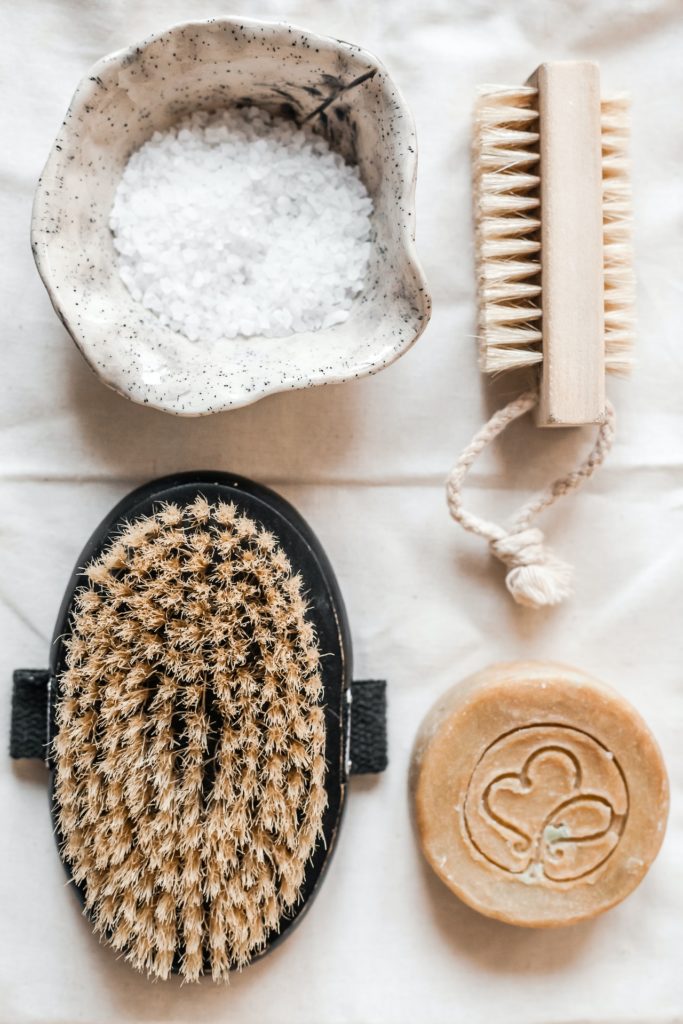 Dry-brushing is a trend that A-list celebs like Gwyneth Paltrow have been raving about for a few years now, but the tradition has been around a lot longer than that. In fact, it’s hundred of years old and comes out of Ayurvedic medical practice in India. Ayurvedic practitioners use dry-brushing as a way to balance cold, dense kapha energy. Fans of dry-brushing say that the benefits include:
Dry-brushing is a trend that A-list celebs like Gwyneth Paltrow have been raving about for a few years now, but the tradition has been around a lot longer than that. In fact, it’s hundred of years old and comes out of Ayurvedic medical practice in India. Ayurvedic practitioners use dry-brushing as a way to balance cold, dense kapha energy. Fans of dry-brushing say that the benefits include:
- Activating the lymphatic system
- exfoliation
- detoxification
- Boosting circulation
- And breaking down cellulite.
So far, not many studies support these claims except the last one. Massage techniques like dry-brushing are actually quite effective at getting rid of the annoying lumps and bumps of cellulite. And even if dry-brushing doesn’t live up to the claims of enthusiasts, it’s still a great way to exfoliate your whole body that can help prevent clogged pores, make your skin softer and smoother, and even encourage collagen production to keep your skin looking young.
If you want to try dry brushing, first you have to get yourself a brush with natural bristles. To make it easier to reach your whole body, look for one with a long handle. To keep clean up to a minimum, hop in the tub or shower and start with small, upward strokes. You should go from your hands and feet into the center of your body. When you get to your back and belly, brush in a clockwise direction. Then you can take a shower and moisturize after for fresh-feeling, baby-soft skin.
As we come up to a year of COVID lockdowns and self-quarantining, it’s important to remember that these are extraordinary times and we might need a little extra self-care to feel our best. But hopefully these self-care tips and tricks from Eastern Medicine will remind you to slow down and give your body and mind some TLC.
Newer
Kill The Bloat Naturally with Eastern Medicine
Older
The Big Purge: How To Detox Your Life, Your Apartment, and Your Mind
Comments (0)
Leave a reply
You must be logged in to post a comment.

